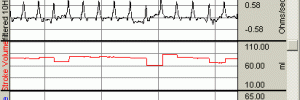
Isolate components of the ECG and use the averaging features in the software to automate ECG analysis. Use the electronic stethoscope to examine heart sounds and then overlap the data to correlate the sounds with the mechanical events of the cardiac cycle. Record arterial blood pressure and record systolic, diastolic, mean, dP/dt max and min, […]
Lessons cover ECG (1- through 12-lead), cardiac output, and continuous blood pressure. A heart sounds lesson allows students to listen to and record heart sounds, while comparing them to the ECG complex. The frog heart lesson explores cardiac rate and contractile response under a regimen of drug doses. Students can analyze blood pressure signals automatically, […]

Use the BSL hardware with suitable glass microelectrodes to demonstrate membrane potential with the frog sartoris muscle or the the popular Crawdad CD-ROM Lab Manual for Neurophysiology, by Wyttenbach, Johnson, and Hoy. ISBN 0-87893-947-4. The experiments demonstrate the principle of homeostasis and serve as a good introducton to electrophysiology recording techniques.
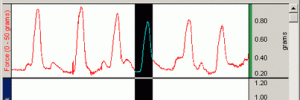
The Biopac Student Lab is an excellent tool for comparative biology programs because students can compare data from their own bodies with data recorded from a variety of animals. The curriculum covers most of the major physiological systems, including brain, muscle, pulmonary, cardiovascular, and CNS.
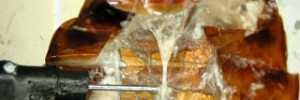
Use the Nerve Chamber (or an existing chamber) with the Low Voltage Stimulator (SS58L) to record the compound action potential and nerve conduction from the frog sciatic nerve. Record action potentials from cockroaches, crawfish, and earthworms. Add a range of drugs and determine the effect they have on the nerve. The nerve chamber includes a drug delivery […]
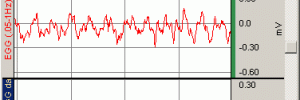
Use the system to record gastric signals in humans and animals or monitor isolated intestinal (gut) strips in a tissue bath experiment. Monitor the EGG before and after food digestion. Examine gastric slow wave propagation, peristaltic (slow waves) propagation, and gastrointestinal motility.
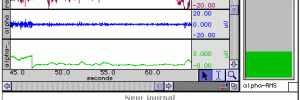
Introductory lessons allow students to record EEG and look at the differences between alpha, beta, theta, and delta activity levels. Students can record EEG from both hemispheres while listening to music, reading and performing mental tasks. The software guides them through the recording and then shows them how to analyze the frequency components of the […]
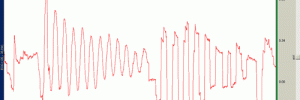
Students can record horizontal and vertical eye movements while observing fixation and tracking. The X/Y display mode will plot horizontal vs. vertical eye movement to track eye position relative to an image or object. By using the zoom and measurement tools, students can measure duration of saccades and fixation. A simple light fixture becomes an […]
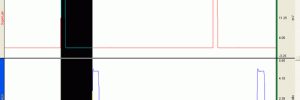
Combine the BSL with a visual presentation system such as SuperLab to explore a wide variety of experiments such as the Stroop test, oddball paradigm, habituation, and startle response. SuperLab is user-friendly and greatly simplifies development of a range of visual and auditory presentations. As each stimulus is presented, SuperLab sends a digital pulse to […]
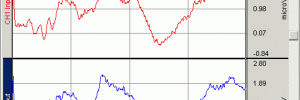
Lessons guide students through evoked response recordings. Use the system to trigger a stimulus and derive the average response. Use with auditory (i.e. headphones), visual (i.e. stroboscope), or somatosensory (i.e. electrical or mechanical stimulation) stimulus.









Stay Connected